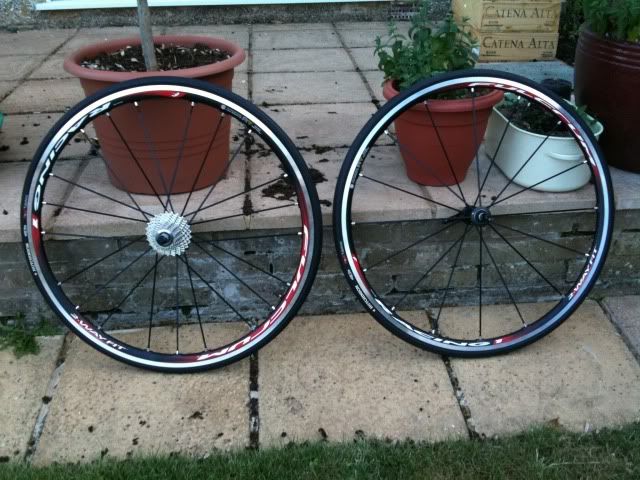Ok guys, just got some cool clip in peddles and shoes, and just fitted them this morning, just tried it while holding on to a bench and nearly fell off lol.
I foresee a lot of injuries ahead of me, any tips from anyone lol.
Get into a habit of doing the same thing every time you stop. Unclip the same foot every time.
Also, while you are still getting used to them, try to unclip as early as possible just so you dont get stuck.
Chances are you'll have a few falls (everyone does) but as it only happens when your coming to a stop at a slow speed, you're not as likely to injure yourself (but it can still happen)


 )
)
